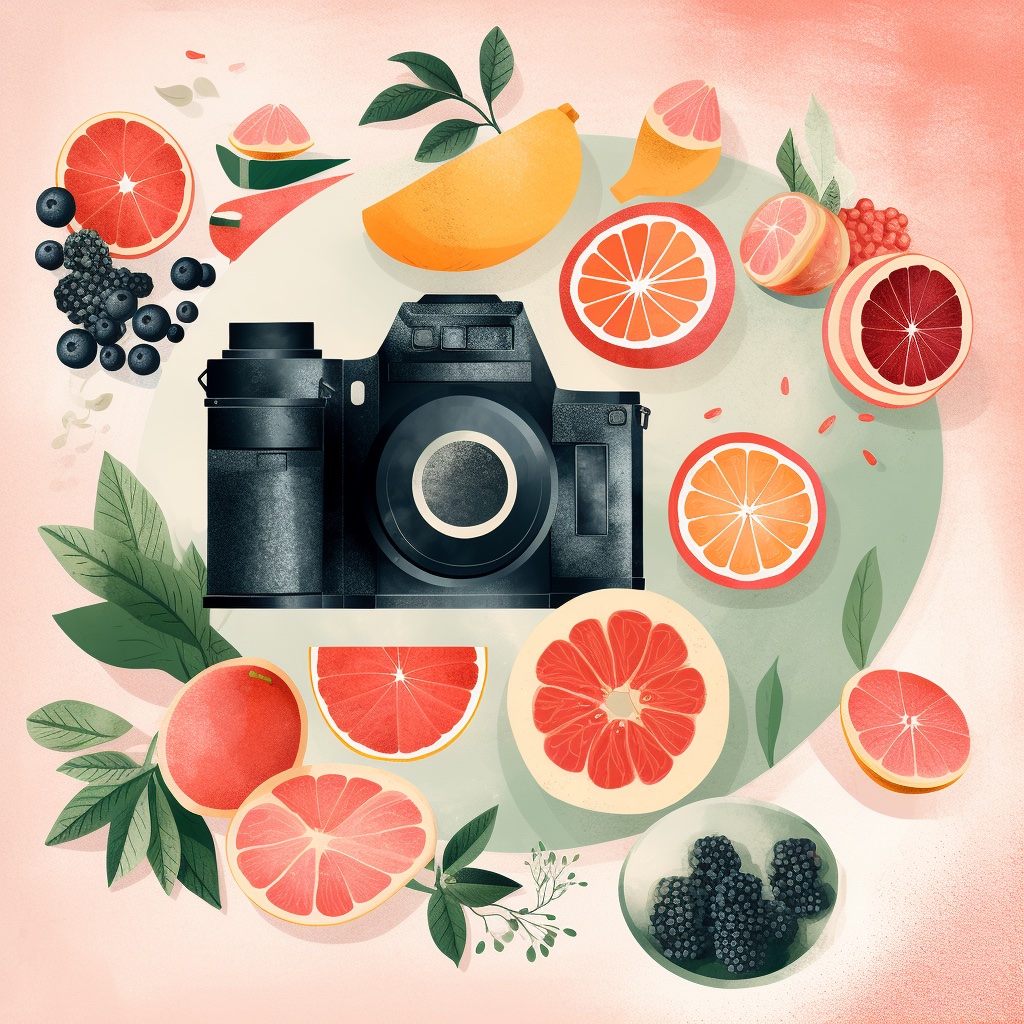
Making food look tasty, first with a camera, now with AI
Teri is not afraid that his job will eventually become obsolete
Hey Teri, I discovered your work on Linkedin, was struck by the quality of your AI food picture, then when I checked your profile I realized that it was also your… job before AI! It means that this is going to be a really interesting interview. Can you tell us who you are and how you ended up Doing Ai generated art?
Teri: I am a commercial food photographer and Director. For more than three decades, as the creative lead at Teri Studios, I have been collaborating with advertising agencies, package design firms, and directly with clients, helping them to craft the visual identity for some of the most iconic brands in the world.
Called a lighting master by PDN, and recognized by Archive Magazine as one of the 200 Best Advertising Photographers worldwide, I am also the author of “Food Photography and Lighting: A Commercial Photographers Guide to Creating Irresistible Images”.
I first began working with AI after reading an article about it last fall. I had just completed a video project where we were using stock images for kitchen backgrounds. The client had asked if we could make some adjustments to the background images, such as adding holiday elements, but since these were stock images, that wasn’t something we could accommodate. I realized that if I had been using AI – I could have.
Today, I incorporate AI images into my work often – using Photoshop, or image projection to composite both real and AI elements together. But I also use some of the images precisely as they are rendered.
In this series, we meet interesting founders and creators from the AI scene and discuss with them not only their take on this new era of technology, but maybe learn a few secret tricks from them. If you’d like to share your story and tips, you can get in touch with us here.
You already have a great career, 35 years doing food photography, for major international brands. One could have think that with such a background, you might have been an “against-ai” guy. Can you share with our audience how did you feel when you first saw Generative AI results, what made you try it and what you could say to people who are a bit reluctant to it?
For me, creating images using AI has been very exciting. I immediately saw areas in my current workflow that could be enhanced with the use of AI generated images, and AI also allowed me to explore other parts of my creativity that I hadn’t been able to before. For me, the feeling was the same as when i got my first camera – and I couldn’t wait to explore what was possible.
I have a friend who is a professional artist. He reacted to a few of my post on LinkedIn with concern and questions about the use of AI and what it might mean for his career. Along with sharing my insights, I encouraged him to try using AI so that he would know firsthand how he might use this new technology. A few weeks later he shared with me an image he had created using mid journey and said that it was going to be the inspiration for his next painting.
AI allowed me to explore other parts of my creativity that I hadn’t been able to before.
Even if you think using AI is not right for you, understanding how it works will help you articulate your position better. (I did this when I resisted transitioning from film to digital. Knowing how the tools worked allowed me to make the case to my client as to why it might not be appropriate).
Recently, Chris Do (a Designer and content creator that you might know) said something that encapsule the potential future of photography, he said: “Real question—will photographers use AI to “shoot” images vs. setting up a scene? Is AI the new camera?”
Initially, when I first started using AI, I felt that it would supplement the work we do, and I still believe that – but as the technology matures I can definitely see using it as my new camera in certain situations.
An interesting sidebar to this question is that there is a type of euphoria that you get when an image is perfectly captured. As photographers there is a lot of preparation that goes into an image before we press the shutter – but it’s not until you see the image transfixed in film, or on a screen that you know if you did it right. And when that moment happens, it’s electrifying. And the reaction I have to something I created using AI, (when the image is just right), is EXACTLY the same as my reaction to more traditionally captured images.
Get interviews like this one straight to your inbox!
I would love to know if you started doing Ai pictures for client ( with or without editing ) and if yes, how do clients react to this so far? I personally got different feedback from different clients, mainly around IP questions.
We can use it to explore sets and ideas before actually building them.
We are definitely in the early days, and acceptance can be challenging. I find that some clients are willing to lean in, while others are more cautious. I have used AI generated images on several projects so far, in varying degrees. Sometimes as a background element, sometimes as the entire image, and other times the work has been for an exploratory phase – (so in that case IP was not a problem, since it was only used internally). But that last use case shows us the magic of AI, to help us explore new concepts and develop ideas beyond our initial thinking. We can use it to explore sets and ideas before actually building them.
What do you think is the next big thing that gonna happen in the next couple of weeks/months, ai-tech related?
Probably more than we can even imagine! I had hoped to see a Midjourney version more geared toward professionals. (Getting what you asked for, instead of “getting something pretty” no matter what you asked for), but that has happened already with V5. Because it is more responsive to our prompts and the images are more realistic, I find I can do even more.
With your experience using the tools, you probably discovered a couple of tips and tricks. Which ones would you be ok to share with our audience?
We should start with, “things are constantly changing”, but what I have found most helpful is connecting with AI groups, on and off of LinkedIn, sharing with others who are in the space, and watching as many YouTube videos as I can stand.
There is a type of euphoria that you get when an image is perfectly captured.
That being said, I have found a few key phrases that I consistently use in my prompts. Words like “food photography” and “natural light”, even for images I want to look professional, I haven’t found the phrase “studio light” to be very helpful. I’ll often include a camera choice too, especially if I am trying to create a period piece. Using cameras and films that were popular in that era tend to help.
I think it’s important, as it is with any new tool, to explore and challenge yourself to see where the limits are.
What is the next thing you are going to try using AI tools ?
I’m already using some of the AI text tools to help me communicate better with my clients and I would like to use it to help me connect with new clients. I’m also using it to offer new services to my clients, like script development and storyboarding.
Is there anything else you want to share with our audience?
This may be somewhat controversial, but as someone whose work has been used to train AI models – I feel I have something to say about the ownership of work produced using AI.
I feel that AI is just another tool, the same as a digital camera was 30 years ago, and the images it produces are an expression of my creativity and style. I believe that the work should be owned by the one who inputs the prompt, (curates the images, and iterates until the version they desire is achieved).
Where can people find out more about you ?
- I’m on LinkedIn and Instagram at @teristudios.
- AI specific work on Instagram at @teristudios.ai.
- My website is teristudios.com.
- My email address is teri@teristudios.com
- To discuss an upcoming project or speaking opportunity, check my Calendly.


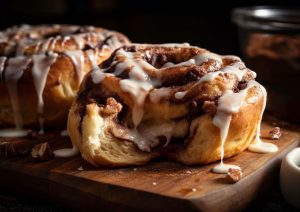

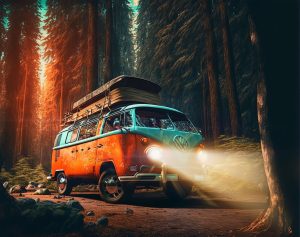
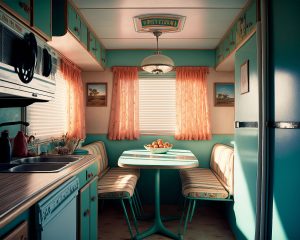
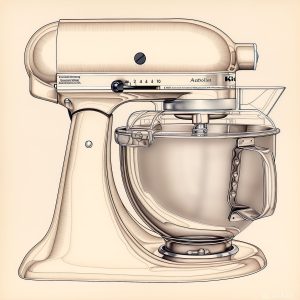
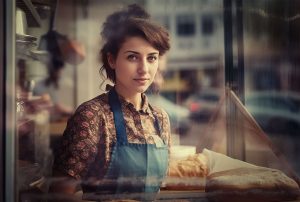
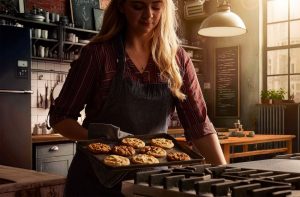
Post a comment